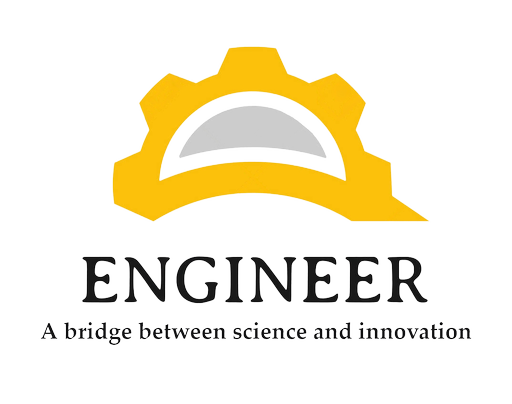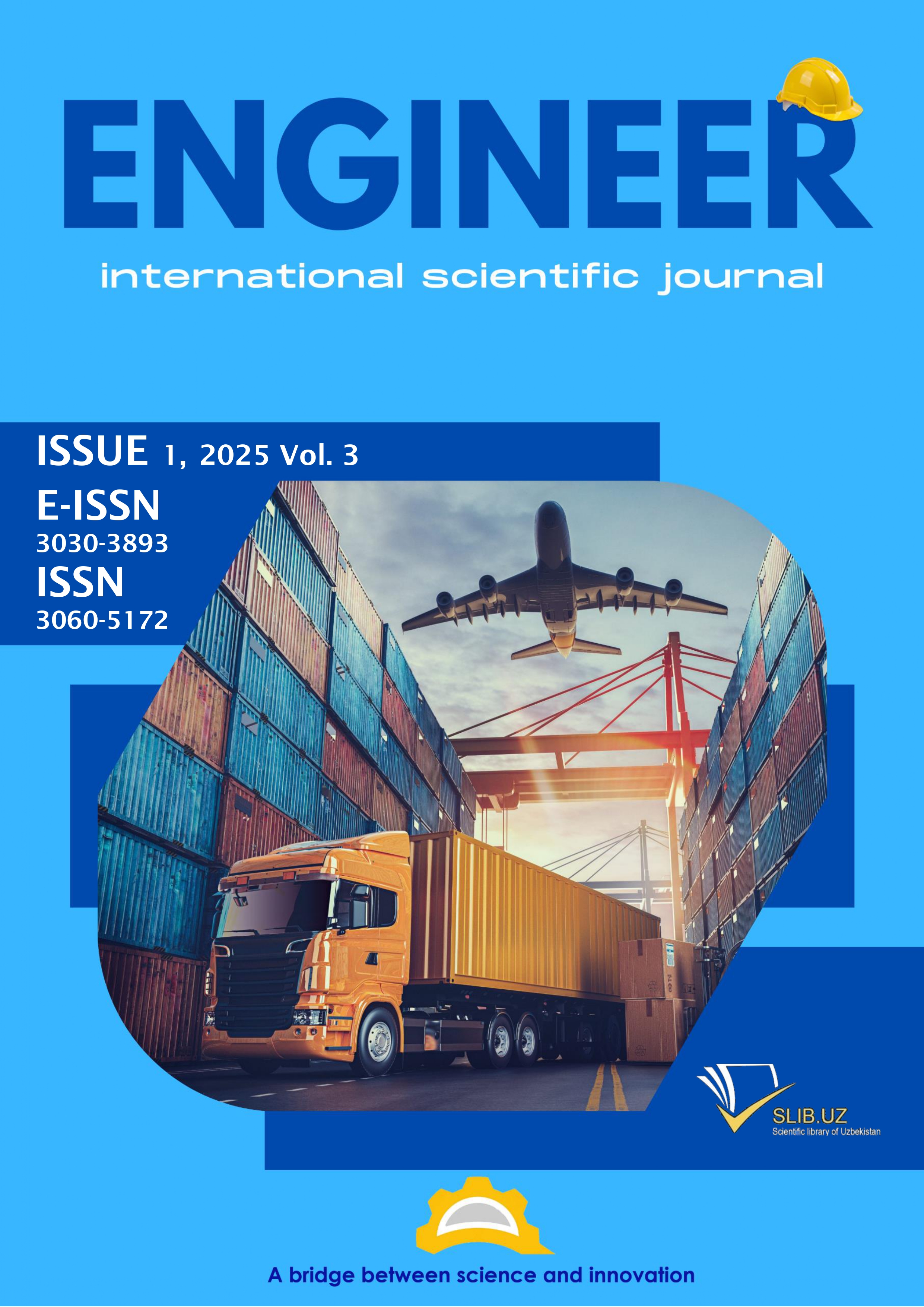Development of document management technology in the railway automation and telemechanics system
Abstract
Traditional paper-based systems have given way to contemporary centralized electronic solutions in the development of document management technology in railway automation and telemechanics. The handwritten documentation used in railway operations was labor-intensive, prone to mistakes, and ineffective when managing massive amounts of data. These antiquated systems frequently resulted in misunderstandings, longer decision-making times, and higher functional risks.
By guaranteeing real-time data transmission, increased accuracy, and greater protection, the application of a new centralized electronic document operation system has completely transformed railway automation. By combining digital documents, electronic signatures, and automated methods, this process drastically cuts down on paperwork and the need for human intervention. Operational efficiency is increased by the centralized approach, which enables smooth coordination between control systems, dispatch centers, and railroad stations. The monitoring and regulate capabilities of contemporary telemechanics systems also improve maintenance scheduling and accident avoidance. In addition to improving railway management, this shift follows worldwide trends in digital transformation, making the railway network more reliable and cutting edge.
References
[2] A. Ayaz, and Y. Mustafa, “An analysis on the unified theory of acceptance and use of technology theory (UTAUT): Acceptance of electronic document management system (EDMS),” Computers in Human Behavior Reports 2: 100032, 2020.
[3] D. Baratov and E. Astanaliev, “Minimization of the automatic machine structure process of accounting and control of railway automation and telemechanics devices,” In E3S web of conferences, EDP Sciences, Vol. 244, p. 08024, 2021.
[4] M. Fathurrohman, S. Syamsuri and N. Hepsi, “E-Documents Management System: Application in Press Industry,” International Conference on Government Education Management and Tourism, Vol.1, No.1, 2022.
[5] S. Stanojevic, D.A. Kaminsky, M. T. Miller, and B. Thompson, “ERS/ATS technical standard on interpretive strategies for routine lung function tests,” European Respiratory Journal 60.1, 2022.
[6] Baratov D., Astanaliev E. Improvement of the scientific bases of creating means of automation of documentation of devices of railway automation and telemechanics //E3S Web of Conferences. – EDP Sciences, 2023. – Т. 402. – С. 06005.
[7] Baratov D., Astanaliev E. Methodology for selection and efficiency of graphic software packages for technical documents //E3S Web of Conferences. – EDP Sciences, 2023. – Т. 402. – С. 03018.
[8] T. Tretyakova, E. Barakhsanova, T. Alexeeva, and I. Bogushevich, “Provision and management of educational activities in the conditions of distance education at the north-eastern federal university,” In XIV International Scientific Conference “INTERAGROMASH 2021” Precision Agriculture and Agricultural Machinery Industry (Springer International Publishing), Volume 2, pp. 869-880, 2022.
[9] Y. Shen, J. Zhang, S. H. Song and K. B. Letaief, Graph neural networks for wireless communications: From theory to practice, IEEE Transactions on Wireless Communications, 2022.





